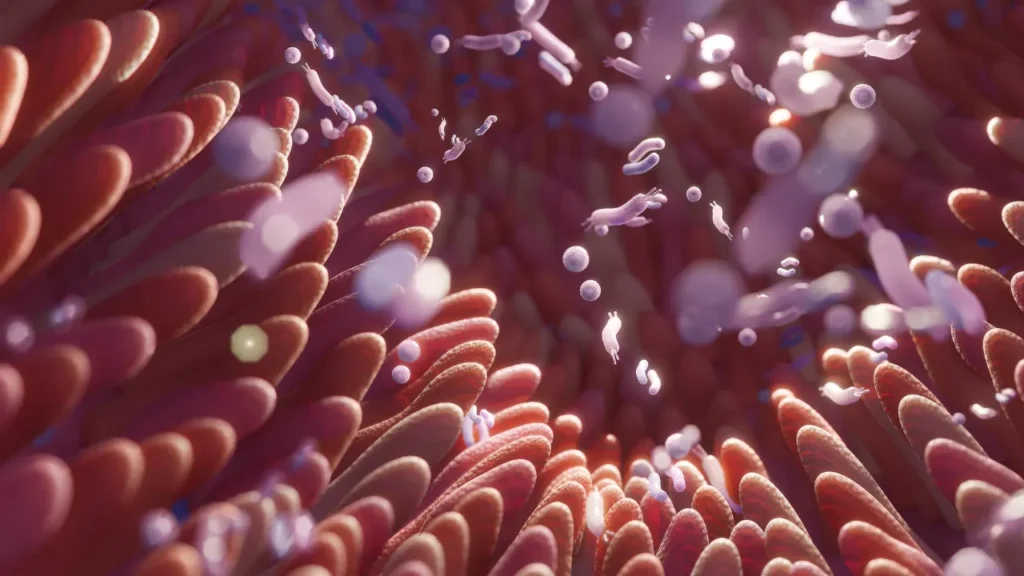Due to its possible health advantages, the perennial plant globemallow (sphaeralcea spp.), which is native to the dry parts of North America, is growing in popularity among nutritional researchers. Recent scientific research has started to unravel the complexity of the bio-active substances contained in this plant, exposing its potential for broader therapeutic use. Globemallow is traditionally used by indigenous populations to treat conditions including sore throats and stomach distress.
You May Also Like:
What Are the Best Mushrooms for Brain Health? Here Are the Facts.
Dr Emil Nutrition Lion’s Mane Reviewed: A Leading Nootropic Mushroom Product
Globemallow: Benefits, Dosage, Side Effects, Drug Interactions, and Other Important Information is an original (NootropicsPlanet) article.
Nature of Globemallow
Globemallow is a member of the malvaceae family, a large group of plants that also includes hibiscus and okra and many of which are well known for their therapeutic benefits. A variety of phytochemicals, including flavonoids, phenolic acids, tannins, sterols, and saponins, make up the chemical background of globemallow. Many of these substances have strong antioxidant, anti-inflammatory, and anti-microbial properties that can influence a variety of physiological processes.
The flavonoids in globemallow, which are strong polyphenolic chemicals with antioxidant activity, are the plant’s main active ingredients. The two that stand out the most among them are quercetin and kaempferol, both of which have been shown to be effective in squelching free radicals and lowering oxidative stress in the body. Additionally supporting this antioxidant property, phenolic acids like gallic and caffeic acid also have anti-inflammatory properties.
Health Benefits of Globemallow
Globemallow has a wide range of bio-active chemicals with a number of possible health advantages. By lowering oxidative stress, flavonoids like quercetin and kaempferol can help prevent chronic illnesses including cancer and cardiovascular disease. Inflammatory bowel illness and arthritis can be helped by the anti-inflammatory effects of phenolic acids.
The chemicals in globemallow, notably its saponins, have antibacterial properties and can be effective against a variety of germs and fungus. Additionally, the plant’s tannins have shown promise in lessening the severity of diarrhea and enhancing general gut health.

The Chemistry of Globemallow
As mentioned previously, a wide range of phytochemicals, including flavonoids, phenolic acids, tannins, sterols, and saponins, are present in the chemical composition of globemallow.
The active ingredients in globemallow that are arguably most important are flavonoids, with quercetin and kaempferol being the most notable examples. These polyphenolic substances have strong antioxidant properties and can reduce oxidative stress in the body. Phenolic acids, such as gallic and caffeic acid, which are recognized for their anti-inflammatory and antioxidant properties, work in conjunction with these. Other substances with antibacterial characteristics, including sterols and saponins, also contribute to the plant’s total bio-activity.
Physiological Properties of Globemallow
The diverse array of bio-active compounds in globemallow interact with the body in several ways, which is what gives it its potential medicinal uses.Flavonoids with antioxidant properties, including quercetin and kaempferol, operate by scavenging dangerous free radicals that may destroy cells, speed up aging, and cause illnesses like cancer. Flavonoids assist in lowering oxidative stress and inflammation, which are linked to a number of chronic illnesses, by scavenging these free radicals.
Modulating the metabolic pathways involved in the inflammation response is the main way that phenolic acids, which are mostly responsible for their anti-inflammatory effect, work. These substances can prevent the synthesis of cytokines and other pro-inflammatory mediators, lowering inflammation and alleviating symptoms of inflammatory bowel disease and arthritis.
The sterols and saponins in globemallow can prevent the growth of some bacteria and fungus with their antibacterial properties. These substances can reduce the pathogenicity of these microbes by rupturing their cell membranes.
Another important class of chemicals in globemallow is tanins, which has a protective impact on the stomach mucous membranes. They create a barrier by precipitating proteins, which helps lessen the severity of ailments like diarrhea.


Optimal Dosage of Globemallow
Your age, weight, and general health state must all be taken into account when determining the ideal dosage of globemallow. There currently isn’t a standard dose for globemallow. However, sipping a tea made from 1-2 tablespoons of dried globemallow leaves per cup of water, up to three times day, appears to be generally safe and maybe advantageous based on traditional applications and early scientific research. It is advised to speak with a healthcare professional skilled in botanical medicine for a more focused approach.
Side Effects
While most people typically consider globemallow to be safe, it’s important to be aware of any possible interactions and side effects. If you use globemallow heavily, you may develop moderate gastrointestinal discomfort, including bloating and diarrhea. Even though they are infrequent, allergic reactions can nevertheless happen if you are sensitive.
Potential Substance Interactions
Data on globemallow’s interactions with other drugs are currently scarce. But given its possible impact on immunological response and inflammation, it can potentially interact with drugs that affect these pathways, such NSAIDs and immunosuppressants. Always get advice from a medical expert before using globemallow with other therapies.


Responsible Use
You should always start with low dosages and watch for any negative effects to encourage safe and responsible use. Due to a lack of research on globemallow’s safety at these times, pregnant and nursing women should avoid it. Due to the potential effects of globemallow on immunological response and bleeding risk, those with autoimmune illnesses or those who are scheduled for surgery should also use care.
Globemallow:
Conclusion
In conclusion, although globemallow holds potential promise as a nutritional supplement, additional research is necessary to completely understand its benefits, the ideal dosage, and any possible hazards. Before including new supplements in your health routine, always seek medical advice.


References:
- “Tannins and their complex interaction with different organic nitrogen compounds and enzymes: old paradigms versus recent advances.” Retrieved from: https://www.ncbi.nlm.nih.gov/pmc/articles/PMC5052746/
- Desert globe mallow (Sphaeralcea ambigua) have 5 petaled flowers ranging from apricot to red-orange in color. link:https://www.desertmuseum.org/kids/oz/long-fact-sheets/Globe%20Mallow.php
- Inflorescence of Munro’s globemallow (Sphaeralcea munroana). Photo by Olga A Kildisheva.link:https://www.researchgate.net/figure/Inflorescence-of-Munros-globemallow-Sphaeralcea-munroana-Photo-by-Olga-A-Kildisheva_fig2_265713932
Important Note: The information contained in this article is for general informational purposes only, and should not be construed as health or medical advice, nor is it intended to diagnose, prevent, treat, or cure any disease or health condition. Before embarking on any diet, fitness regimen, or program of nutritional supplementation, it is advisable to consult your healthcare professional in order to determine its safety and probable efficacy in terms of your individual state of health.
Regarding Nutritional Supplements Or Other Non-Prescription Health Products: If any nutritional supplements or other non-prescription health products are mentioned in the foregoing article, any claims or statements made about them have not been evaluated by the U.S. Food and Drug Administration, and such nutritional supplements or other health products are not intended to diagnose, treat, cure, or prevent any disease.
